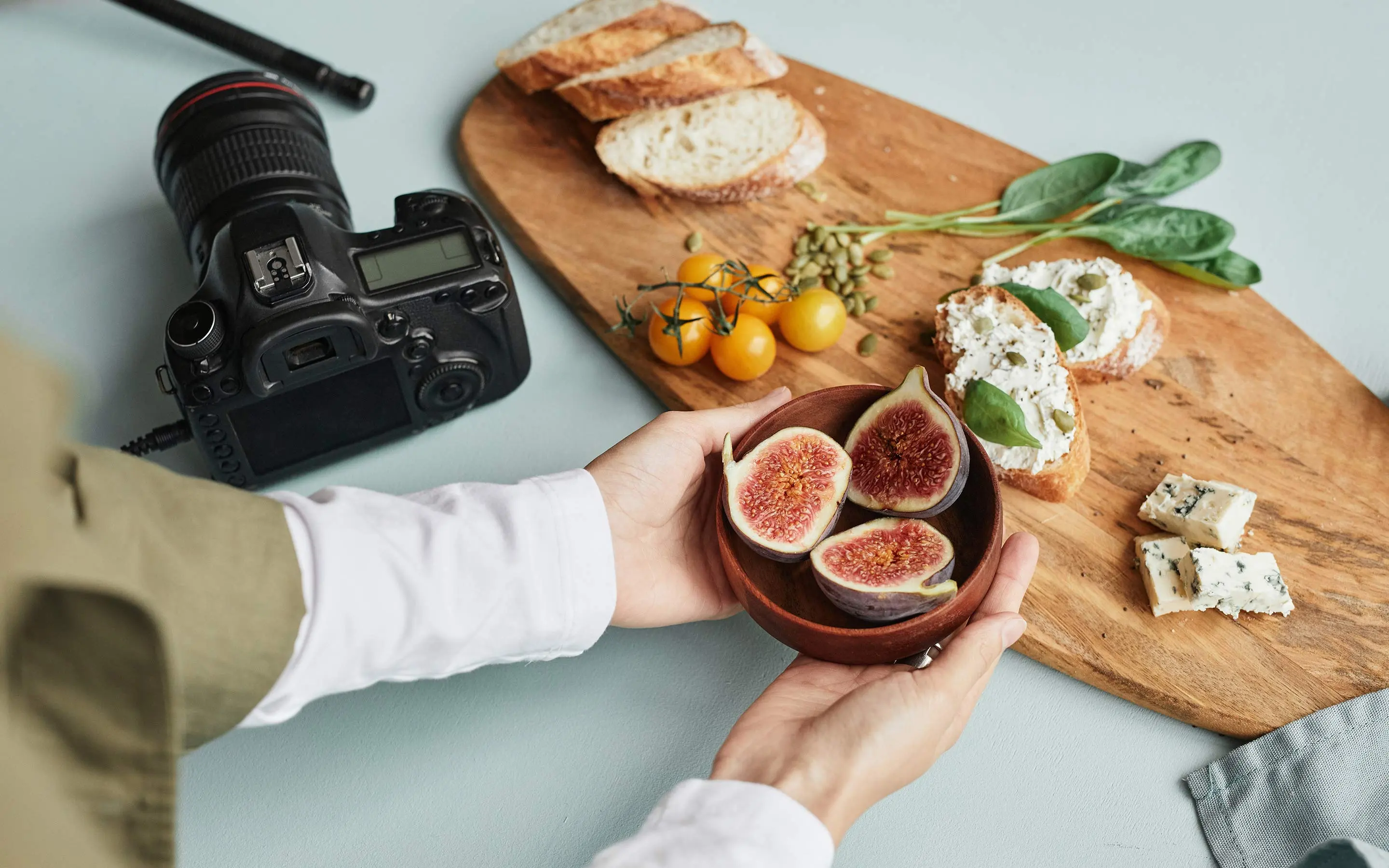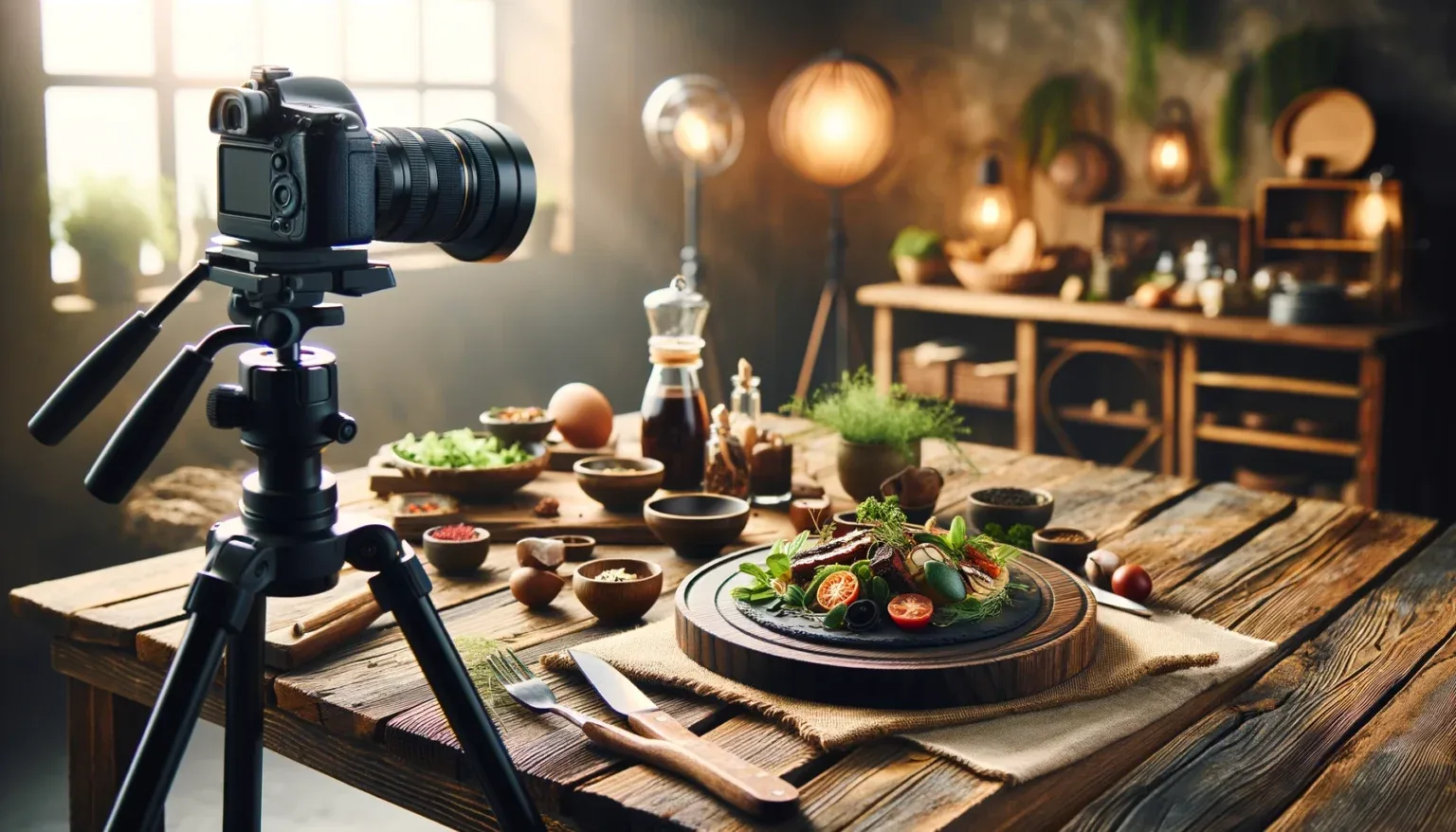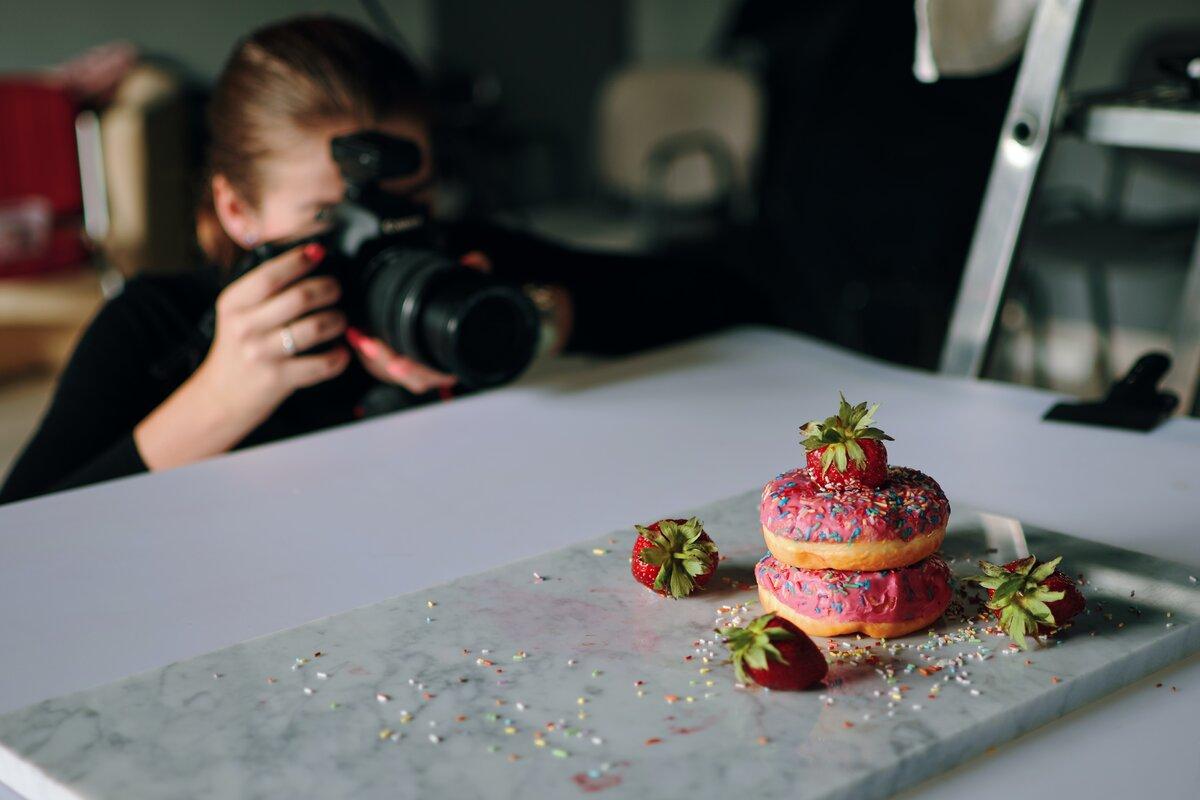- 6347
- 4

Showcase Your Menu: Circliatheo's Expertise in Food Imagery
Exploring Food Imagery Approaches
-
Professional Studio Photography: Uses controlled environments, high-end equipment, and expert lighting for flawless, polished food visuals. Essential for flagship items and consistent branding.
-
On-Location Lifestyle Shoots: Captures dishes in their natural serving environment, like a bustling restaurant. Emphasizes atmosphere and customer experience for an authentic, relatable visual story.
-
Advanced Mobile Photography with Editing: Uses high-quality smartphone cameras with sophisticated editing. Offers unmatched flexibility and speed, perfect for daily specials or social media.
Key Evaluation Criteria for Food Imagery
-
Visual Appeal & Clarity: How appetizing food appears and its features are presented. Crucial: sharpness, color accuracy, and engaging composition.
-
Brand Consistency: Alignment with overall brand identity. Imagery must reinforce the restaurant's unique style across all marketing platforms.
-
Cost-Effectiveness: Financial outlay versus perceived value and customer engagement impact. Considers initial setup and ongoing operational expenses.
-
Adaptability & Speed: Content production speed and adaptation for various channels. Key: ease of updates and responsiveness to menu changes or promotions.
Comparative Analysis of Imagery Approaches
For visual appeal and clarity, professional studio photography offers unmatched precision, delivering crisp, perfectly lit images. On-location shoots provide authentic, atmospheric looks, sacrificing technical perfection for contextual richness. Mobile photography offers good clarity for digital platforms with expert editing.
In terms of brand consistency, studio photography provides maximum control, allowing precise alignment with specific brand guidelines. On-location shoots naturally integrate the brand's physical environment. Mobile photography requires rigorous stylistic rules and consistent editing to maintain a cohesive brand image.
Regarding cost-effectiveness, advanced mobile photography is the most budget-friendly, requiring minimal initial investment. Professional studio and on-location shoots have higher initial outlay. Their value comes from producing premium, long-lasting assets that significantly elevate brand perception.
For adaptability and speed, mobile photography excels, enabling quick capture, editing, and publishing for immediate needs. On-location shoots offer good flexibility for multiple dishes. Studio photography, while precise, is least agile for rapid updates, best suited for planned core menu content.
Beyond individual criteria, the overall impact varies. Studio work creates a premium, aspirational feel for high-end branding. Lifestyle shoots connect emotionally, selling an experience. Mobile photography drives frequent engagement, keeping content fresh. Each method serves a distinct strategic purpose.
Recommendations for Choosing Your Imagery Approach
For businesses prioritizing a premium image and meticulous presentation of flagship dishes, professional studio photography is superior. It guarantees consistency and unparalleled visual quality. Ideal for website, print menus, and major advertising campaigns.
If your brand emphasizes the dining experience and atmosphere, on-location lifestyle shoots are highly effective. They capture your establishment's essence, letting customers envision the setting. Perfect for social media storytelling and immersive digital content.
For dynamic menus, frequent updates, or budget constraints, advanced mobile photography with expert editing is excellent. Its speed and cost-effectiveness make it ideal for daily specials, social media posts, and fresh content.
Often, a hybrid approach proves most effective. Use professional studio or on-location shoots for core menu items. Supplement with advanced mobile photography for daily updates and social media engagement. This maximizes visual impact while maintaining agility and cost control.
Let your menu speak volumes through captivating visual artistry.






Virendra Tripathi
This article provides a clear overview of different food imagery techniques. It's helpful to see the pros and cons laid out so systematically. I appreciate the focus on practical application.